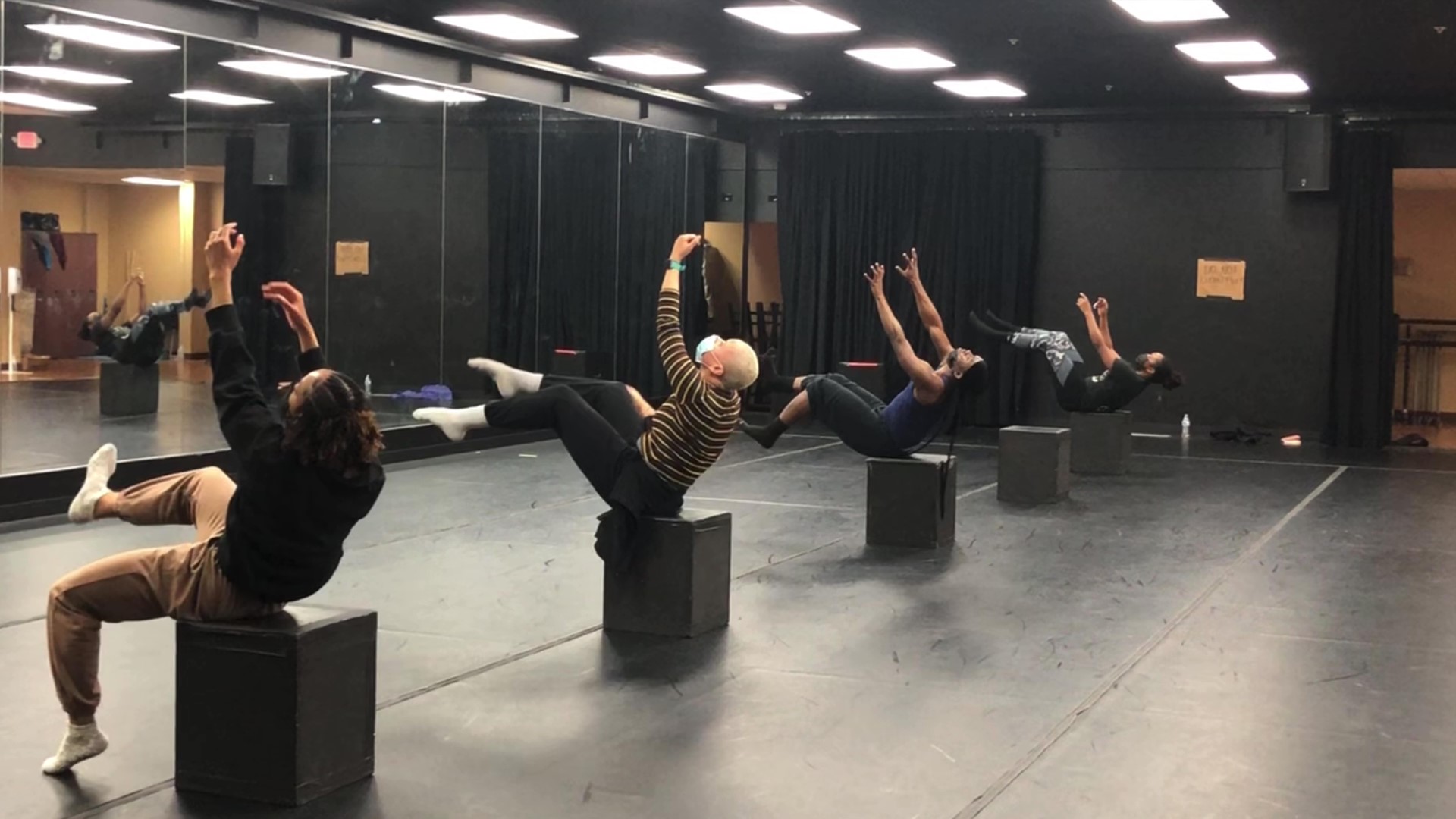- Events & Programs Home
- Calendar
- Accessibility
- Adults
-
Families & Teens
- Families & Teens Home
- 10x10 Teen Art Expo
- Art on the Rise
- Art Together: Art Making for Families with Children Ages 3–5
- Babies Sing with May Festival Minis
- Boy Scouts / Girl Scouts
- CAM Kids Day
- Family Storytime and Gallery Walk
- Family Studio: Art Making for Families with Children Ages 6–12
- Games in the Galleries
- Members-Only Baby Tours
- Public Baby Tours
- REC Reads
- Rosenthal Education Center (REC)
- Saturday Morning Art Class
- See Play Learn Kits
- Summer Camp
- Teen Fest: Zine and Comic Exchange
- RECreate
- Teachers
- Community Outreach
- Fundraisers
- Plan Your Own Event

- Events & Programs Home
- Calendar
- Accessibility
- Adults
-
Families & Teens
- Families & Teens Home
- 10x10 Teen Art Expo
- Art on the Rise
- Art Together: Art Making for Families with Children Ages 3–5
- Babies Sing with May Festival Minis
- Boy Scouts / Girl Scouts
- CAM Kids Day
- Family Storytime and Gallery Walk
- Family Studio: Art Making for Families with Children Ages 6–12
- Games in the Galleries
- Members-Only Baby Tours
- Public Baby Tours
- REC Reads
- Rosenthal Education Center (REC)
- Saturday Morning Art Class
- See Play Learn Kits
- Summer Camp
- Teen Fest: Zine and Comic Exchange
- RECreate
- Teachers
- Community Outreach
- Fundraisers
- Plan Your Own Event
Blog: CAM Uncovered
Blog: CAM Uncovered
- Home
- Plan Your Visit
- Art
-
Events & Programs
- Events & Programs Home
- Calendar
- Accessibility
- Adults
-
Families & Teens
- Families & Teens Home
- 10x10 Teen Art Expo
- Art on the Rise
- Art Together: Art Making for Families with Children Ages 3–5
- Babies Sing with May Festival Minis
- Boy Scouts / Girl Scouts
- CAM Kids Day
- Family Storytime and Gallery Walk
- Family Studio: Art Making for Families with Children Ages 6–12
- Games in the Galleries
- Members-Only Baby Tours
- Public Baby Tours
- REC Reads
- Rosenthal Education Center (REC)
- Saturday Morning Art Class
- See Play Learn Kits
- Summer Camp
- Teen Fest: Zine and Comic Exchange
- RECreate
- Teachers
- Community Outreach
- Fundraisers
- Plan Your Own Event
- Give & Join
- About
- Tickets
- Calendar
- Exhibitions
- Collections
- Blog
- Shop
CAM Dancers? Not Just Degas Ballerinas
by Cole Rodgers, Marketing Project Manager
6/6/2024
Dance , Egyptian Art , Japanese Art , African Art , American Art
Dance has been represented in visual art for roughly 10,000 years when our early ancestors first celebrated the importance of dance rituals by creating cave paintings like those in El Cogul, Spain. For many a modern-day art lover, however, the first artistic imagery of dance that comes to mind is often the famed pastel drawings and oil paintings of ballerinas by Edgar Degas (French, 1834– 917). These expressive artworks offer an intimate glimpse into the lives of the young dancers of the Paris Opera in the late-nineteenth century. CAM is lucky to possess many such sketches and paintings by Degas, but these artworks represent only a very specific slice of the pie that makes up the art of dance. Below are some of the less expected ways that dance is woven into the CAM collection.
In the Tombs of Ancient Egyptian Royalty
The attendants in this ancient Egyptian tomb relief have been frozen in time for more than 4,000 years clapping their hands—a staple of social dancing even to this day. Because music was so integral to ancient Egyptian religious worship, snapping, clicking, clapping, and dancing naturally followed.
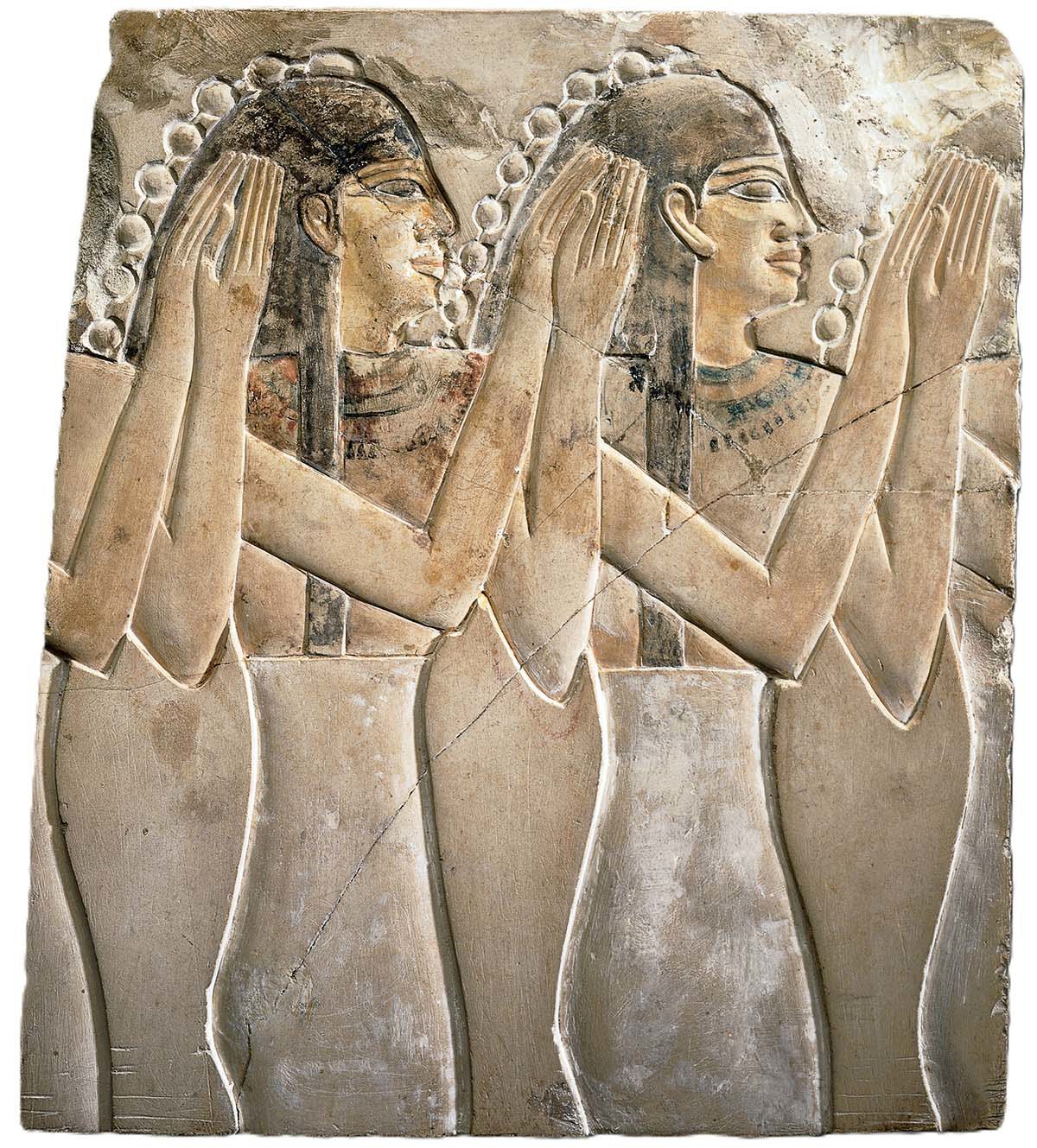
Onstage in Sixteenth-Century Japan
During classical Japanese performances of the Nō theater, dramatic masks, such as this 500-year-old example, are compellingly combined with slow dance movements, mime, costumes, and chanted music. Nō theater practices go hand-in-hand with Zen Buddhist aesthetics, with masks usually grouped into broad categories like gods, men, women, ghosts, and demons.
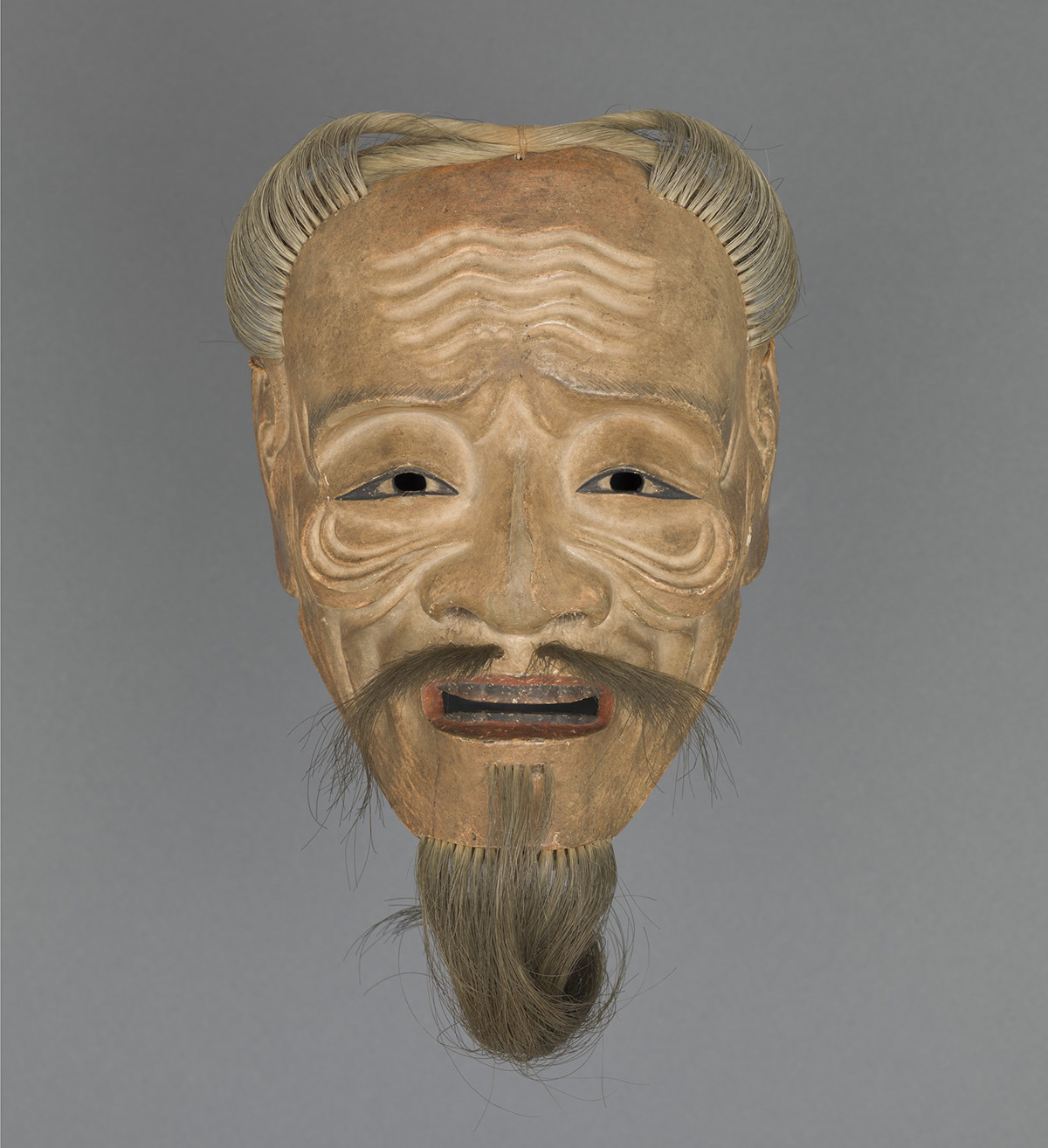
In West-African Community Celebrations
Intricately carved masks, such as this early-twentieth century example representing the wise guardian D’mba, add significant height (and drama) to celebration dancers in Guinea. Donned for a spectrum of events including marriages, births, memorials, plantings, and harvests, these masks add a layer of storied symbolism to the dancers’ performances.

In Hindu Devotional Practices
This small, bronze statue of Shiva portrayed as Nataraja, Lord of Dance, represents the not-so-small relationship that rhythm and dance shares with Hindu beliefs. Shiva is one of the most reproduced forms in Indian art. In this representation, Shiva Nataraja holds the power of the extinction and recreation of the entire universe in balance with his cosmic dance!

In American Folk Art
Mose Tolliver (American, circa 1915–2006), a prolific American folk artist, began regularly painting to cure boredom after a workplace accident left him bedridden and struggling to walk. Despite this melancholy start to Tolliver’s career, the vibrant dancers in Four Figures (1980s) dance straight off the plywood. These special circumstances make the chosen subject of the artwork even more meaningful.
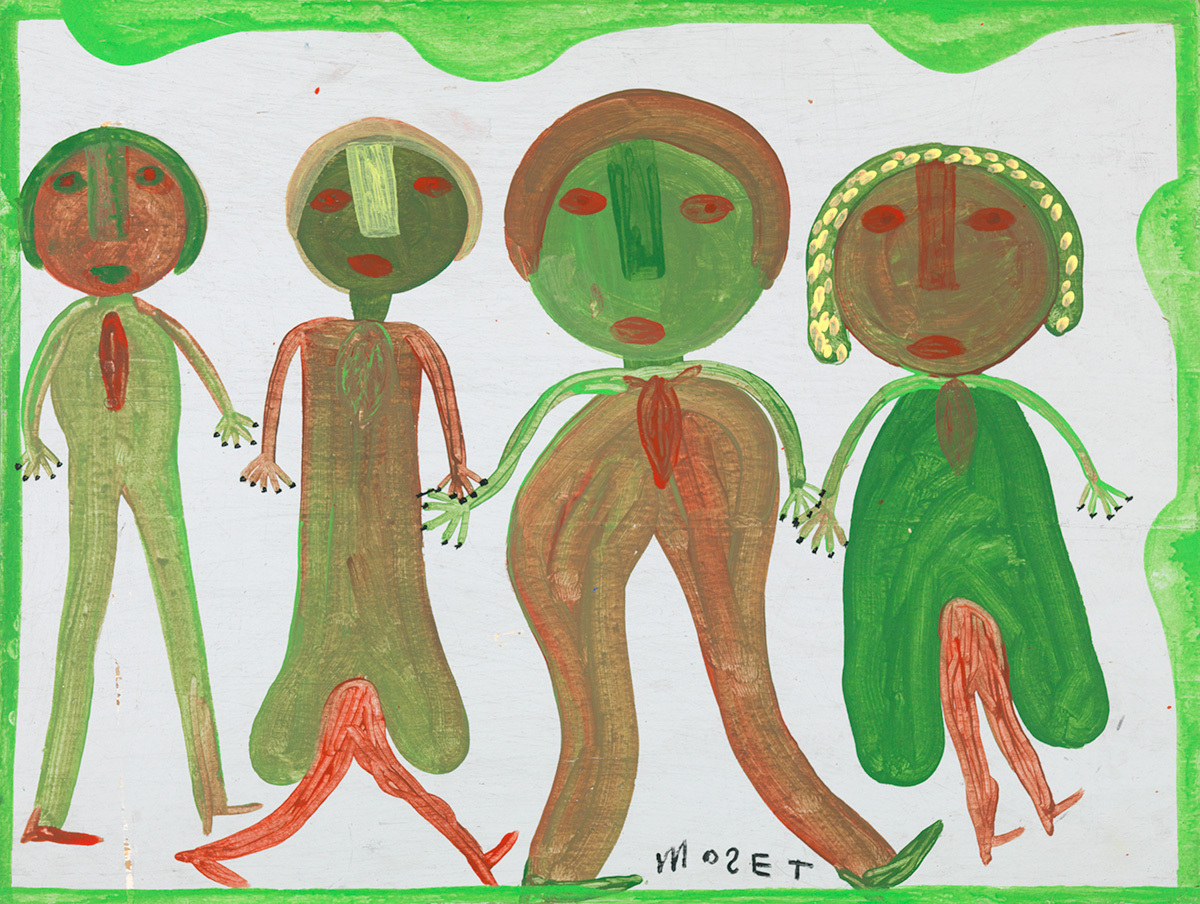
Each of these artworks reinforces the important place that dance occupies throughout history and continues to hold today; Degas’ ballerinas are iconic, but not even close to the whole picture. With this frame of reference, CAM guests can unlock new, unexpected ways to appreciate how dance thrives at the museum!
Does this blog post make you want to get up and move? Get your groove on at Art After Dark: All Ways Welcome or our summer fundraiser A Happening: Press Play!
Related Blog Posts

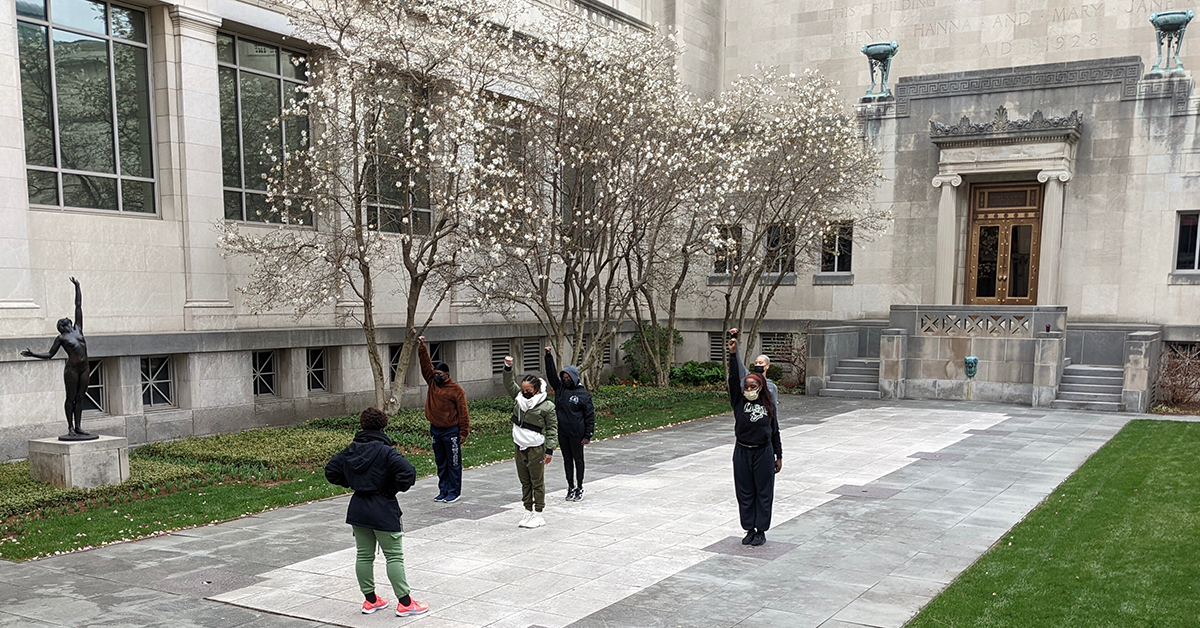
Cincinnati, OH 45202
Toll Free: 1 (877) 472-4226
Museum Hours
Museum Shop
Terrace Café
Library
Cincinnati Art Museum is supported by the tens of thousands of people who give generously to the annual ArtsWave Campaign, the region's primary source for arts funding.

Free general admission to the Cincinnati Art Museum is made possible by a gift from the Rosenthal Family Foundation. Exhibition pricing may vary. Parking at the Cincinnati Art Museum is free.
Generous support for our extended Thursday hours is provided by Art Bridges Foundation’s Access for All program.

General operating support provided by:



